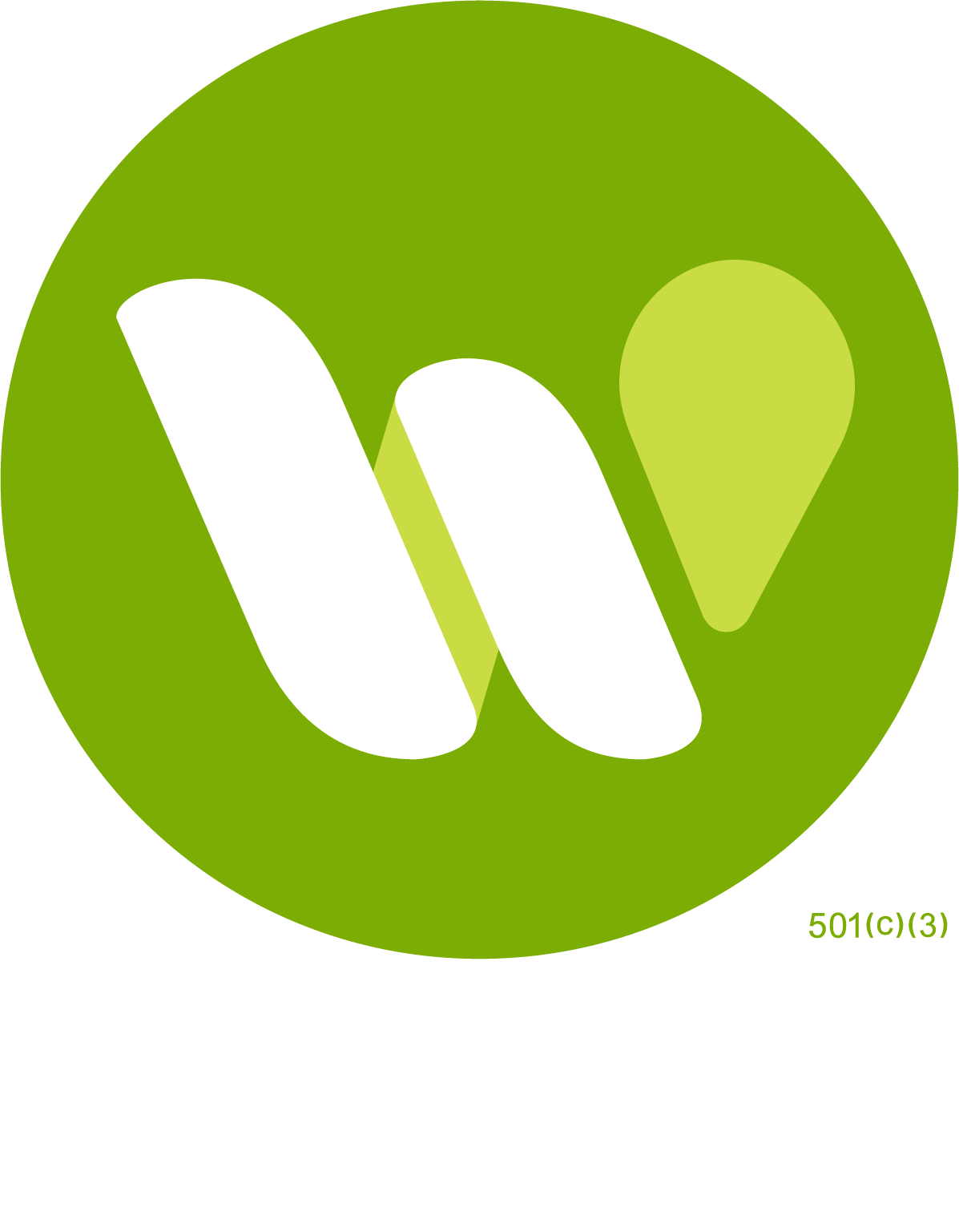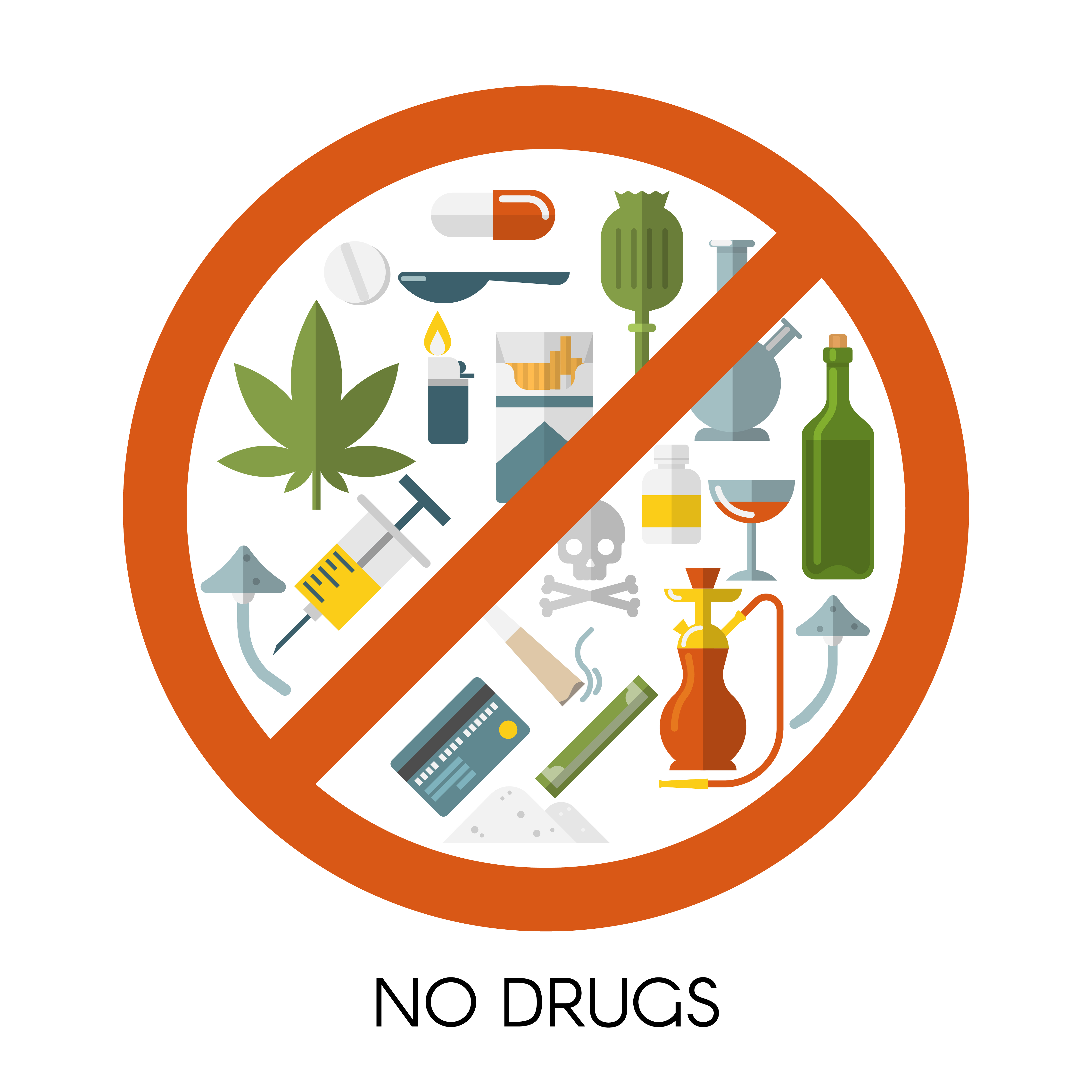Drug Abuse Statistics
All dark clouds carry a silver lining. Despite our entire world being severely impacted by the pandemic in 2020, it also shows some trends that point to signs of good news. The 2020 Monitoring the Future (MTF) survey conducted by by the National Institute of Drug Abuse about drug use and attitudes in middle and high school students, brings the encouraging news that the alarming year on year rises in teen vaping both of nicotine and marijuana seen in prior years had leveled off, although use still remained high. The MTF survey is given annually to students in eighth, 10th, and 12th grade who self-report their substance use behaviors over various prevalence periods: daily, past 30 days, past 12 months and lifetime.
Though COVID-19 was a horrible experience in many ways and overall detrimental to society, one thing it was able to improve was teen drug usage. This may have been due to the confinement that the youth was forced to. Drug use often starts with friends coaxing others to just try it once. As a teenager myself, I have seen many friends who have tried drugs “just one time” and slowly become addicted. As they start to use the drug more and more they begin to claim that they are not addicted, rather using it for fun and able to “stop whenever [they] want.” Eventually they become heavily addicted and their lives start to crumble as they lose friends, drop in grades, and lose lots of money. This, sadly, happens to many teenagers across the country yearly. This phenomenon was less prevalent in 2020 with the COVID-19 quarantine.
The use of marijuana (in all forms, including smoking and vaping), the most commonly used illicit drug by adolescents, did not significantly change in any of the three grades for lifetime use, past 12-month use, past 30-day use, and daily use from 2019-2020.This trend can be also be seen with vaping as an example. From 2017 to 2019, the percentage of teenagers who said they vaped nicotine in the past 12 months roughly doubled for eighth-graders from 7.5% to 16.5%, for 10th graders from 15.8% to 30.7%, and for 12th graders from 18.8% to 35.3%. In 2020, the rates held steady at a respective 16.6%, 30.7%, and 34.5%. Alcohol use has not significantly changed over the past five years. However, across all grades, alcohol use in the past 12 months has leveled off from its historical gradual decline. Past year non-medical use of amphetamines among eighth-graders reported recent lows in past year use at 4.3% for both grades and significant 5-year declines. As we seek to understand adolescent substance use in this new reality, we look to research to answer many important questions on how the stresses of the pandemic may have affected substance use by teens. For example, it is important to investigate the consequences of social distancing and virtual classes on adolescent drug experimentation and use, since those are strongly influenced by peer pressure and group dynamics. Through the COVID-19 lock-down, they did not increase, as these teens were bound to their houses rather than making poor decisions due to peer pressure with friends. This unique social experiment forced by circumstance highlights the causal role that peer pressure plays in substance abuse by youth. It also gives us an avenue to combat the rapid progression in substance abuse across the country.
References:



